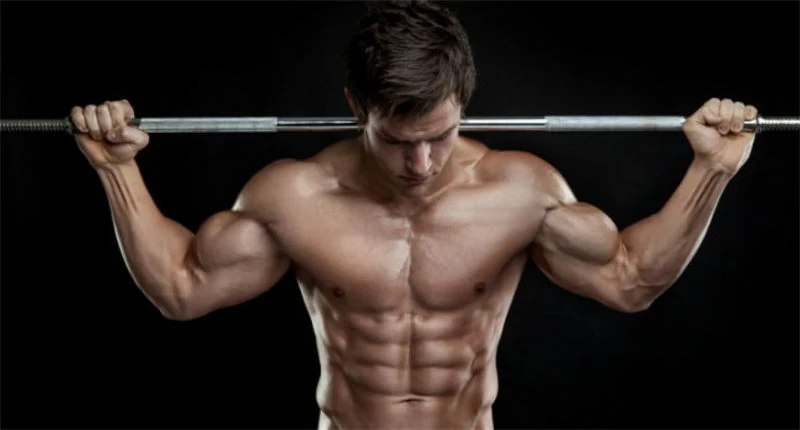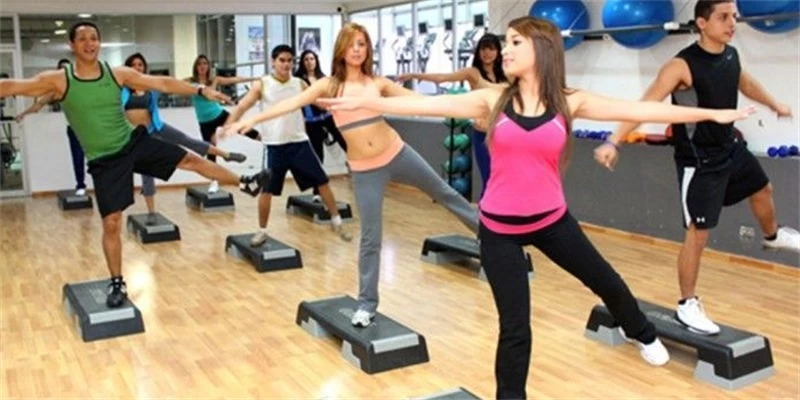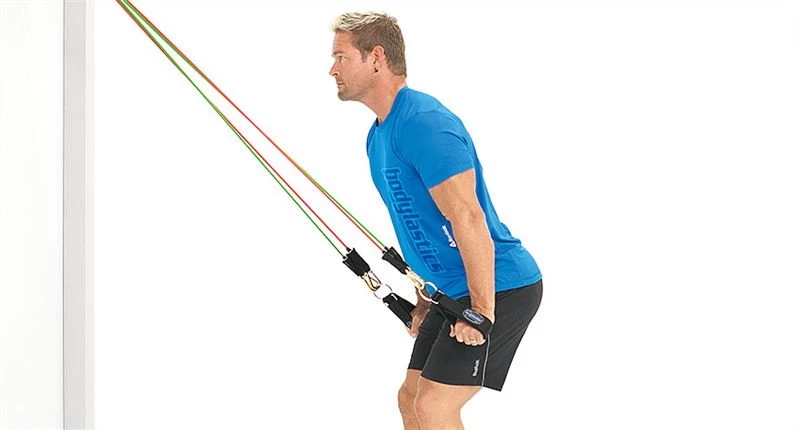The simple answer is, you simply can’t transform fat into muscle. Fact is, no amount of working out, state-of-the-art gym equipment—or alchemy—can turn fat into muscle. Fat and muscle are two separate entities as distinct as skin is to bone.
But we can, of course, reduce body fat and build increased muscle mass. This would be the more accurate assertion.
Burning fat will consist of aerobic exercise, such as running, biking and swimming, among other exercises. This of course must be combined with a sensible diet plan that has you taking in less calories than what you burn from your daily activities.
Aerobic exercise will do little for building muscle. They may improve definition with the reduction of body fat levels, but they will hardly make your muscles bulk up. On the contrary, this may in fact make you lose muscle if done in excess and if not supported by a proper diet.
Building muscle mass on the other hand, requires resistance training for your various muscle groups. These are in the form of exercises that challenge and breakdown muscle fiber in order to stimulate growth. Free weights, such as dumbbells and barbells, as well as various machine exercises that utilize cables and pulleys to target specific muscle groups will be the way to go.
Take note, however, that muscle growth does not take place in the weights room or gym. This takes place when our muscles are at rest after a weight-training session. Thus, they have to be properly fed and nourished with protein, and even carbohydrates, for them to grow and for your workout to be productive. While lifting weights is certainly a good way to burn calories, it will not have much impact on those love handles. Through some radical schools of thought advocate weight training as a means to lose fat without the need for aerobic exercise, through the lifting of light weights, aerobic exercise is still the preferred means to shed body fat.
The process of burning fat and building muscle at the same time may pose quite a challenge to most of us given that fat-burning activities, sadly, tend to impede muscle growth when done in excess. In building muscle, one would have to ingest more than the usual amount of calories, which in turn, will not support fat loss. This would be the reason professional bodybuilders have a separate muscle-building and fat- burning phase.
The muscle-building stage will combine intense weight training while taking in large amounts of protein and carbohydrates to support growth. When they have loaded enough muscle, then comes the cutting or fat loss stage, which consists of aerobic exercise, along with continued weight training and a low carbohydrate, high protein diet. The goal of the cutting phase is to shed body fat while retaining as much muscle as possible. In the cutting phase, it is inevitable that some of the hard-earned muscle will be shed as well. Minimizing it is key.
But for noncompetitive bodybuilders, combining cardio with weight training would be most ideal to stay fit and look good. If possible, try to separate the days you will weight train from cardio days in order to minimize possible muscle loss.
All said, fat cannot miraculously morph and turn itself into muscle in the same way that muscle cannot change its physical properties and convert to fat. You may appear to have outwardly transformed from a mass of fat into a muscle monster, but what you really did was shed body fat and build muscle mass. Now that we’ve made the relationship between fat and muscle somewhat clearer, let's hit the gym and settle our business.


